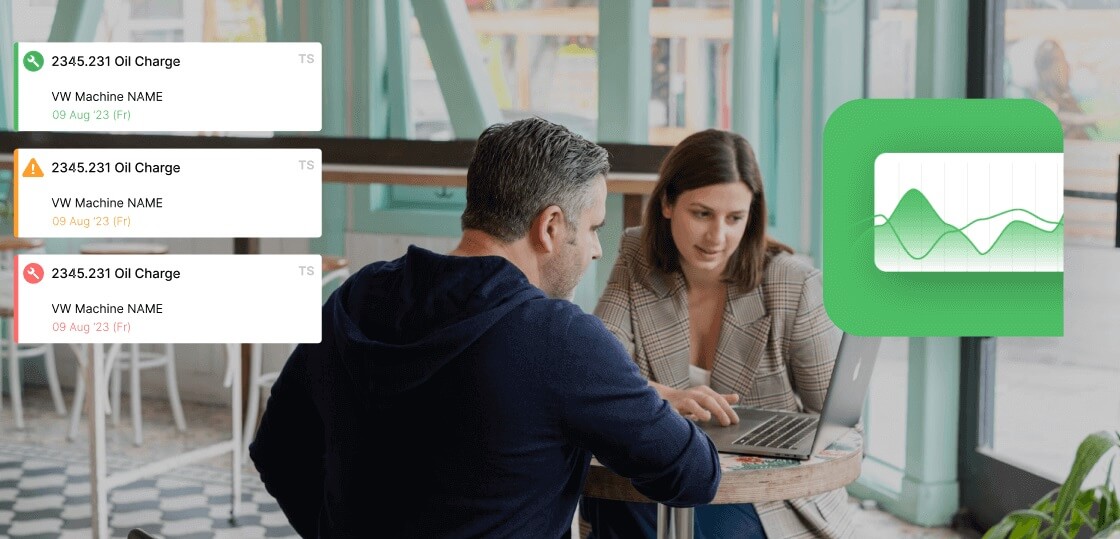Every Maintenance Manager knows the "Hallway Ambush."
You are walking to the cafeteria. A production supervisor stops you.
"Hey Mike, the labeler on Line 3 is making a weird noise. Can you check it?"
You say yes. Then your phone rings. Then a technician asks for a part. By the time you sit down, you have forgotten the labeler.
Three hours later, the labeler jams. The supervisor screams, "I told Mike about this!"
This is not a maintenance failure. It is a Request Process Failure.
Reliability starts with the Input. If your intake process is chaotic, your execution will be chaotic.
Here is how to build a Maintenance Request Portal that organizes the chaos, using Fabrico to bridge the gap between Production and Maintenance.
The "Friction" Problem
Why do operators use sticky notes or radios instead of the software?
Because legacy software is too hard.
If an operator has to walk to a PC, log in, navigate five menus, and type a description, they won't do it. They will just yell for Mike.
The Fabrico Rule: Submitting a request must be faster than finding Mike.
Step 1: The QR Code Trigger (Zero Friction)
You don't need a dedicated computer terminal on every line. You just need a sticker.
The Workflow:
-
Stick a Fabrico QR code on the control panel of every machine.
-
The machine acts up.
-
The operator scans the code with their personal phone or a shop tablet.
-
The form opens instantly, pre-filled with the machine's ID (Asset: Filler-04).
The Result: No typing asset numbers. No guessing which machine is broken. 100% accurate asset allocation in 3 seconds.
Step 2: The "Quality Gate" (Mandatory Data)
The second biggest problem is the "Empty Ticket."
Technicians waste 20 minutes diagnosing the problem because the request lacked detail.
The Fabrico Solution:
Configure your request portal with Mandatory Fields.
-
Problem Type: Dropdown (Noise, Leak, Stop, Safety).
-
Photo: Mandatory "Take a Picture" field.
-
Priority: Calculated automatically based on the asset criticality (as discussed in our Prioritization guide).
If the operator doesn't attach a photo of the leak, they can't submit the ticket. This forces high-quality data into your backlog.
Step 3: The "Uber" Effect (Feedback Loops)
Why do operators hate maintenance software? Because it feels like a Black Hole.
They submit a ticket and hear nothing for three days. They assume you ignored them.
Fabrico closes the feedback loop.
-
Submission: Operator gets a "Ticket Received" notification.
-
Assignment: When Mike assigns it to Tom, the operator gets a "Technician on the way" alert.
-
Completion: When Tom fixes it, the operator gets a "Job Complete" message.
This builds trust. When Production sees that their requests are being actioned, they stop using the "Hallway Ambush" and start using the system.
Step 4: Unlimited Requestors (The Pricing Trap)
Be careful when buying software. Many competitors charge you for every user.
If you have 50 machine operators, you don't want to pay for 50 licenses just so they can submit a ticket once a week.
The Fabrico Advantage:
We separate "Technicians" (Paid Seats) from "Requestors" (Often Free or Site-Licensed). We believe everyone in the plant should be able to spot a safety hazard and report it. We don't tax you for having vigilant employees.
Summary: Order from Chaos
You cannot fix what you don't know about.
A digital request portal takes the noise out of your head and puts it into a prioritized list. It protects your technicians from distraction and ensures that critical work doesn't get lost in a hallway conversation.
Stop accepting sticky notes.
[Book a Demo with Fabrico] to see how our QR Request Portal works in real time.







